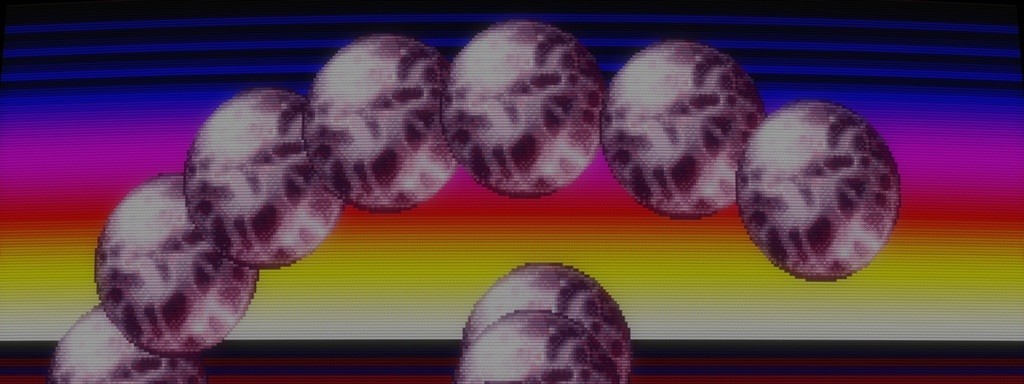
Graphics Tricks from Boomers
Recently I released a 4096 bytes Atari intro, featuring some bandwidth impossible sprites drawing in fullscreen. I hope technical inner details could please any graphics enthusiasts, and not only boomers :)
This post is made for anyone interested in oldskool graphics, but also for all retro computers technical details lovers. I will talk about STE blitter, and also how the ATARI famous “fullscreen mode” is working. Some assembly language concepts may be required for the last parts.
Atari STE is a 8Mhz Motorola 68000 powered machine from the very end of the 80’. It features a 320x200 resolution. It can display up to 16 colors simultaneously. So the frame buffer is exactly 32000 bytes, or 31.25KiB. ( 4bits per pixel, using a weird bit-plane layout ). Most Atari come with 1MiB of RAM. (that’s not a typo, 1MiB RAM was luxury back in time)
In computer graphics during the 1990s, a common term was “sprite.” A sprite is a 2D bitmap that can be drawn anywhere on the screen. Typically, the term “sprite” refers to a “hardware sprite,” which is a bitmap displayed on the screen without being stored in the frame buffer memory. This approach is very fast because it eliminates the need to read from or write to the frame buffer. However, the Atari does not support hardware sprites. To move small bitmaps around the screen on an Atari, you need to “blit” them into the frame buffer. This means copying the bitmap into the frame buffer, erasing it in the next frame, and then blitting it again at a new position.








/cdn.vox-cdn.com/uploads/chorus_asset/file/25831586/STKB310_REDNOTE_XIAOHONGSHU_B.jpg)









